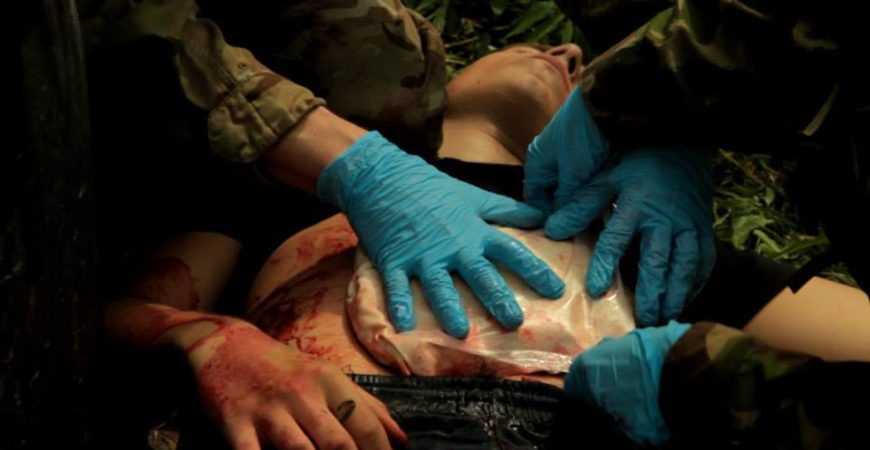
DURATION: 16 hours (2 training days)
COURSE PRICE: 489 zł
At the end of the training each participant receives:
1. A certificate confirming the completion of the training in the field of TC3
2. An author’s guide ‘STOP THE BLEED: STAY ALIVE’
The course is addressed to uniformed services, soldiers, paramedics and people connected with pro-defence organizations and the military or rescue tactics lovers.
It is a two-day course based on the latest regulations of TC3 (TCCC Council)
The TC3 training is performed by experienced paramedics and combats lifesavers from our team who have a considerable experience gained in military operations while doing their service during missions in the Polish Military Contingent or during rescue operations in the State Medical Emergency System.
Due to their active duty for various uniformed services our instructors regularly run courses of similar kinds in their units. Additionally, the members of our team, thanks to their experience gained on foreign missions are able to standarize and upgrade the training programme by comparing the knowledge aquired in real military conditions with the most up-to-date TC3 regulations.
The training programme:
Day 1: Theory section, lectures, video tutorials and videos from real military operations
Day 2: Practice section, team and individual tasks accompanied by practical scenarios
Topics:
- Battlefield rescue and the history of TC3
- The most frequent causes of deaths on a battlefield
- Battlefield rescue – the zones of giving first aid according to TC3
- Acting according to acronyms M.A.R.C.H.E and P.A.W.S
- Massive arterial haemorrhages – physiology, symptoms, procedures
- Stopping massive arterial haemorrhages with the use of tactical stasis
- Stopping massive arterial haemorrhages – hemostatic dressings (wound packing junctional haemorrhage)
- Pneumothorax – physiology, symptoms, types and procedures
- Protection of chest penetrating injuries – valve and occlusive dressings
- Unblocking the airway: instrumented and toolless
- Trauma patient examination in a safe zone
- Evacuation from battlefield
- MIST and the 9- line MEDEVAC procedure
